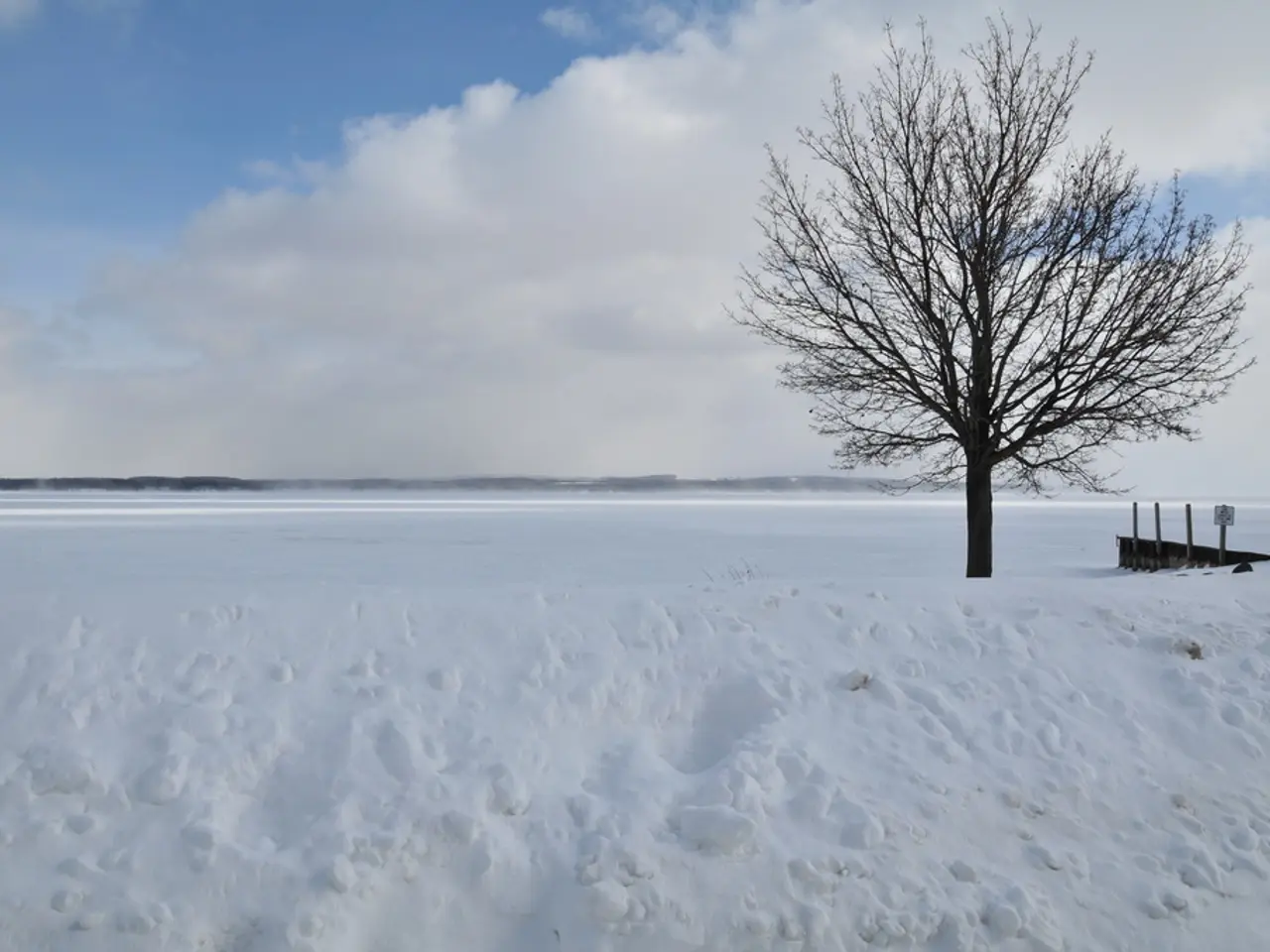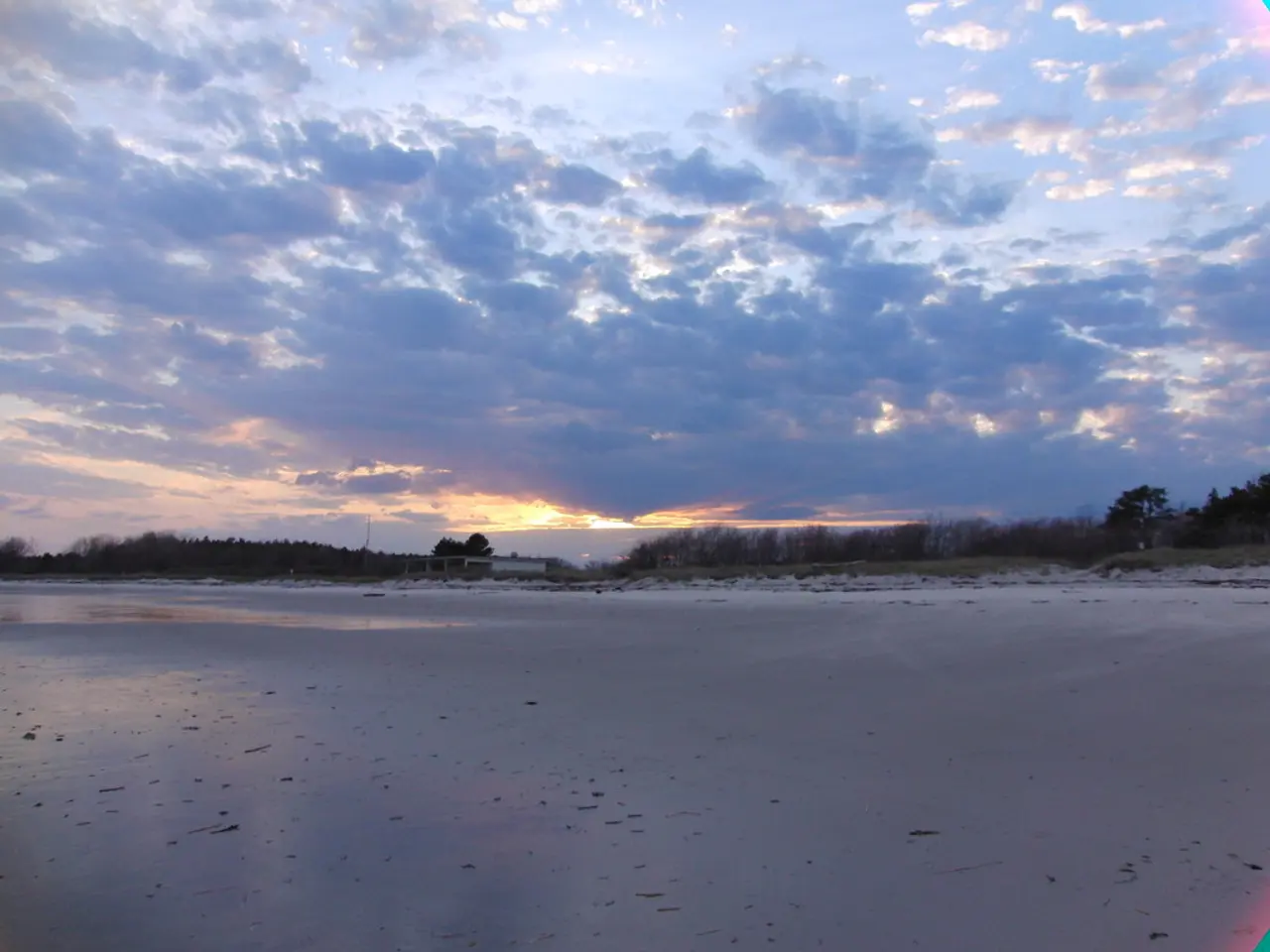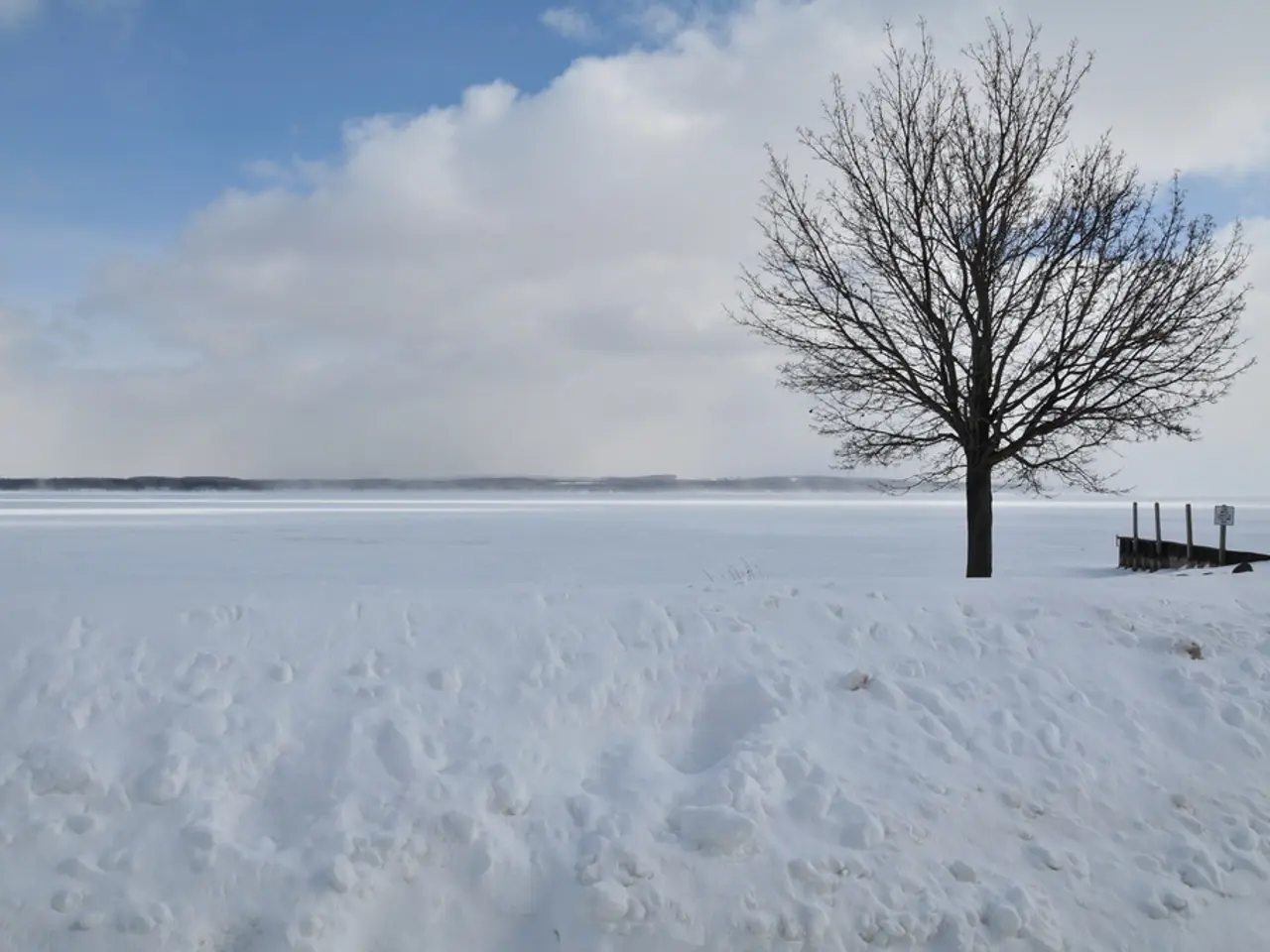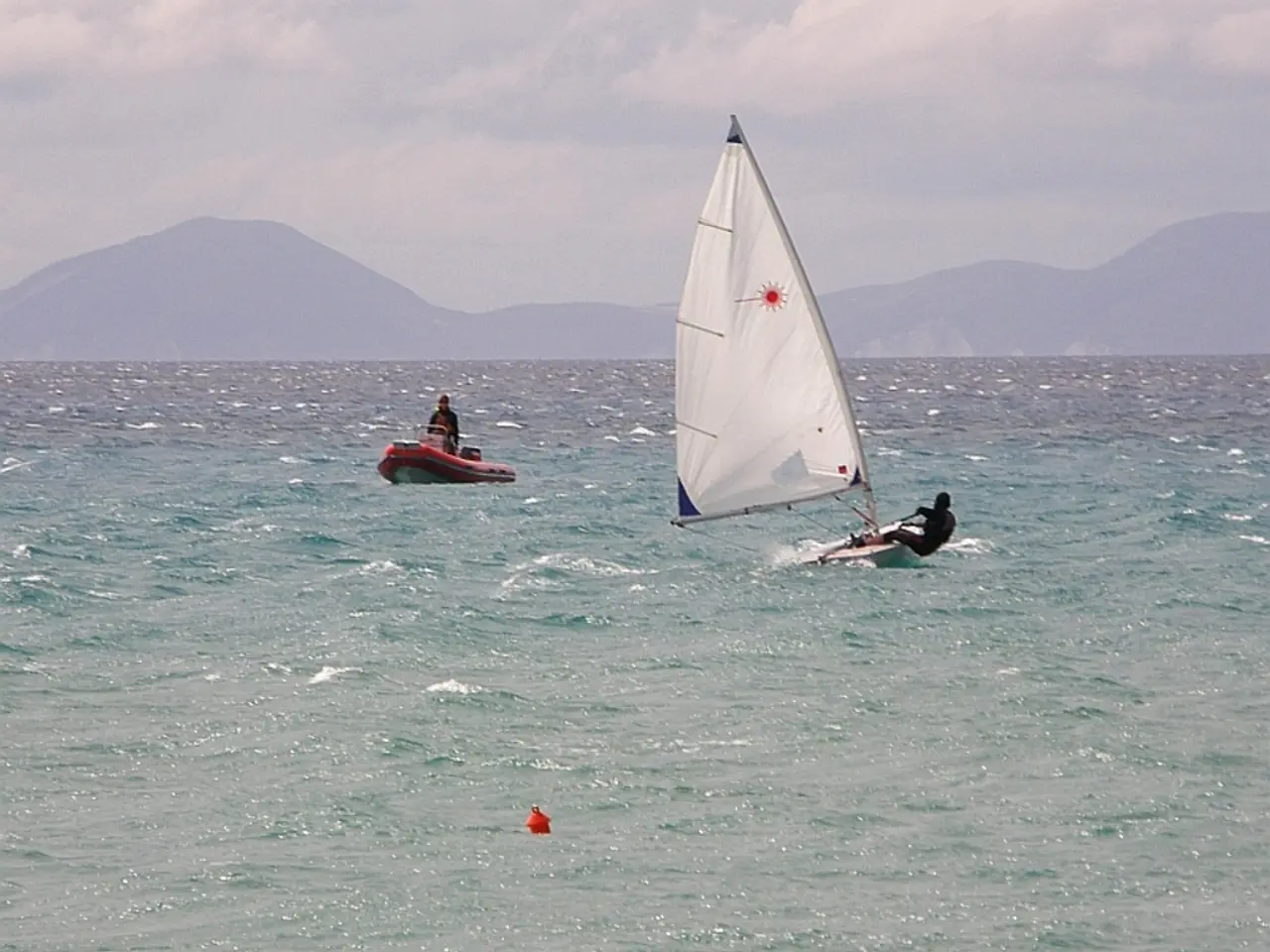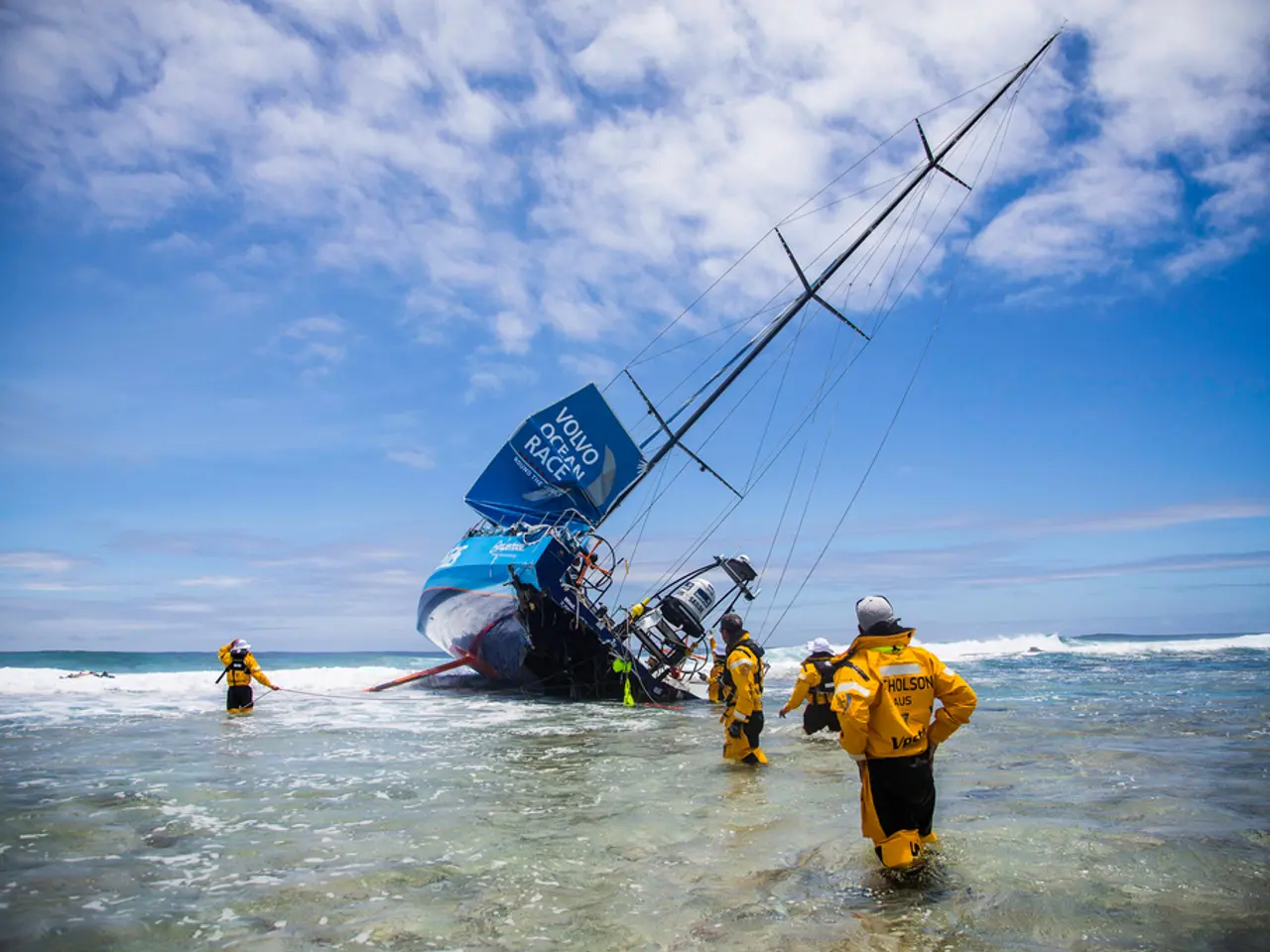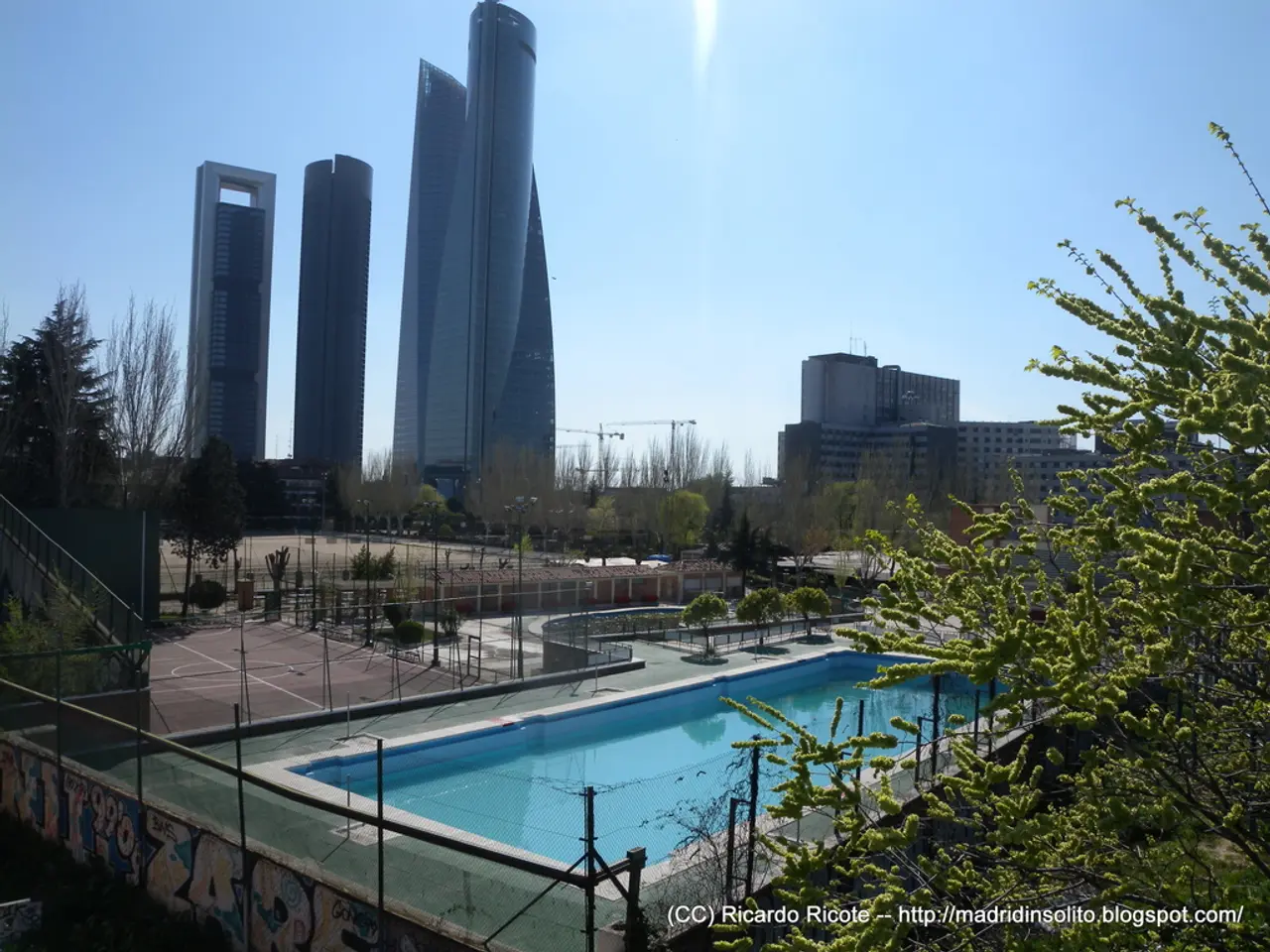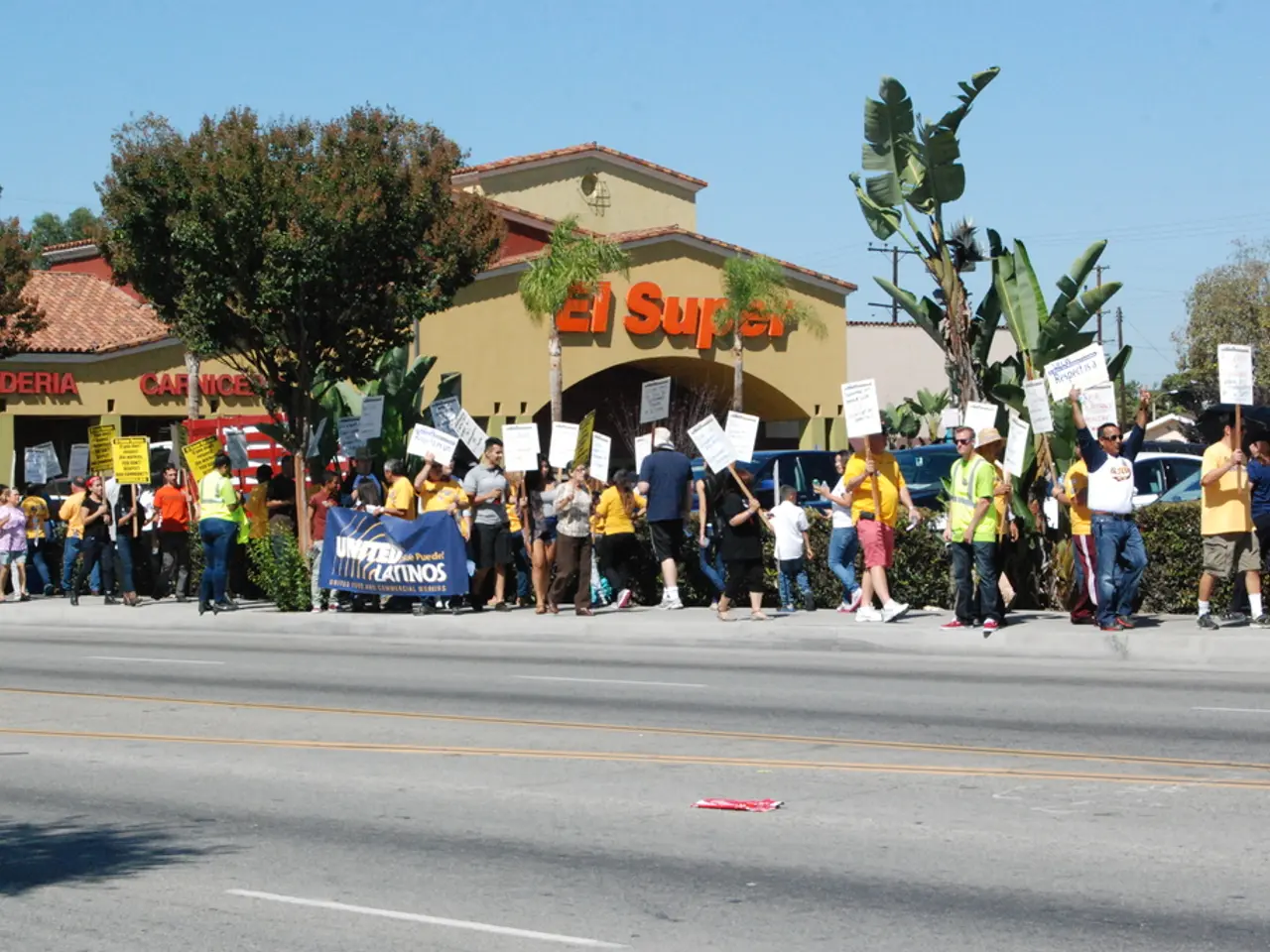Distant and Local Earthquakes, and Tsunami Response Timings in Hawaii Under Scrutiny
The Hawaiian Islands, situated in a seismically active region, have a history of being impacted by tsunamis, with some events causing significant loss of life, property damage, and long-term geological changes.
One of the most devastating tsunamis in Hawaii's history was the one that struck in 1946, triggered by a 7.9-magnitude earthquake in the Aleutian Islands, Alaska. The ensuing wave claimed 159 lives in Hawaii. In 1960, a magnitude-9.5 earthquake in Chile generated a tsunami that took 66 lives in Hilo, Hawaii.
While many tsunamis affecting Hawaii originate from distant earthquakes around the Pacific "Ring of Fire," some have been generated locally by undersea earthquakes and landslides near the islands. A notable example is the southeast part of the Island of Hawaii, known as the Hilina Slump, which can shift southeast and downwards during large local earthquakes, causing damaging tsunamis.
In more recent history, the 2011 earthquake off Japan caused a tsunami that damaged three hotels at Kona on the Big Island, resulting in approximately $14 million in damages but no serious injuries.
Currently, Kilauea has been erupting episodically within the summit caldera since Dec. 23, 2024, with its USGS Volcano Alert level at WATCH. However, no unusual activity has been noted along Kilauea's East Rift Zone or Southwest Rift Zone. Mauna Loa, another active volcano in Hawaii, is not erupting, and its USGS Volcano Alert Level is at NORMAL.
In the event of a large earthquake near the shore in Hawaii, it is crucial to head for higher ground immediately. Do not wait for sirens or cell phone alarms, as the tsunami could occur before there is time for those alerts to be sent. Researchers from the University of Hawai'i have modeled that a tsunami generated from the south flank of the Island of Hawaii can reach Hilo Bay in 4-5 minutes after the earthquake.
It is important to note that the Hawaiian Islands have a rich geological history, including evidence of "megatsunamis," gigantic waves hundreds of feet high caused by massive landslides where large portions of the islands broke off and plunged into the ocean. These prehistoric megatsunamis have significantly shaped the islands' landscape.
In conclusion, Hawaii's location in a seismically active region makes it particularly vulnerable to tsunamis. Stay informed, stay safe, and always be prepared for potential tsunami events.
References: 1. Hawaii Tsunami Museum 2. U.S. Geological Survey 3. National Oceanic and Atmospheric Administration 4. BBC News
Science plays a crucial role in understanding the risks of tsunamis in Hawaii, with research from the University of Hawai'i modeling the impact of south flank earthquakes on Hilo Bay, providing valuable information for evacuation plans.In the realm of environmental science, Hawaii's geological history reveals evidence of megatsunamis, colossal waves caused by massive landslides, which have significantly impacted the islands' landscape.*

